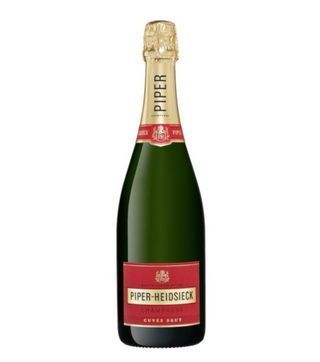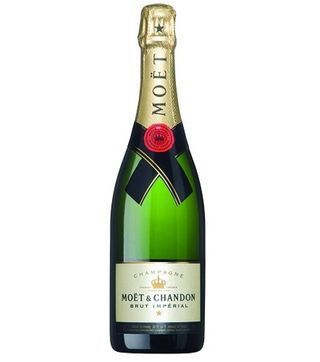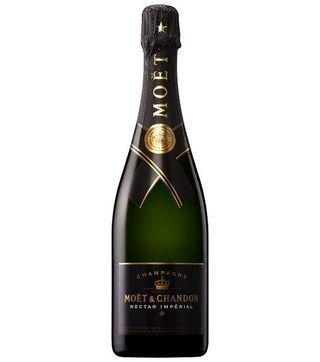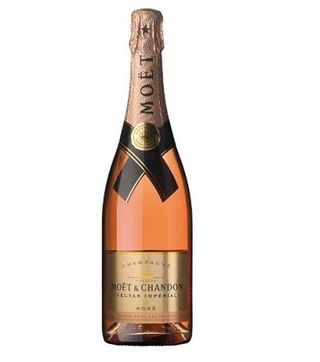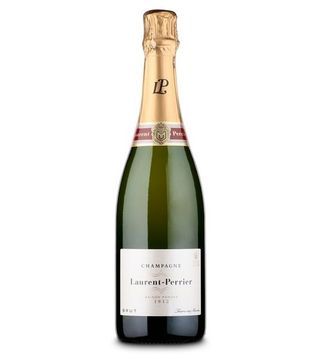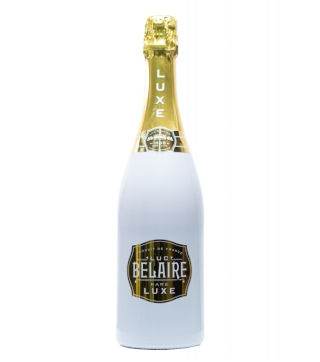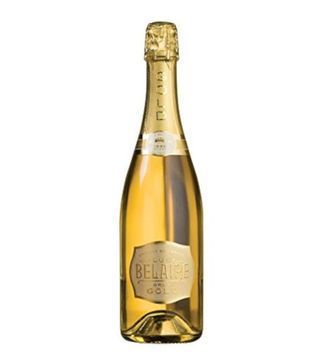Champagnes brands & prices in Kenya
| # | Brand | Country of Origin |
|---|---|---|
1
| Belaire | France |
2
| Moet Chandon | France |
3
| Veuve Clicquot | France |
4
| Perrier Jouet | France |
5
| Taittinger | France |
6
| Laurent Perrier | France |
7
| Piper Heidsieck | France |
8
| GH Mumm | France |
9
| Dom Perignon | France |
10
| Ruinart | France |
11
| Krug Grande | France |
12
| Charles Benoit | France |
13
| Armand de Brignac | France |
14
| Louis Roederer | France |
15
| Billecart | France |
16
| Jacquart | France |
17
| Nicolas Feuillatte | France |
18
| Lanson | France |
19
| Bollinger | France |
20
| Gosset | France |
21
| MY Brand | Aland Islands |
🍾 Elevate Your Celebrations with Nairobi Drinks: Your Premier Online Champagne Store in Nairobi!
Hello Champagne Lover,
Are you searching for the finest champagne brands at affordable prices in Kenya? Look no further because your journey to discover the perfect bubbly ends right here with us at Nairobi Drinks, your trusted Online Champagne Store Nairobi! 🎉 We're not just an ordinary online champagne store; we're your passport to champagne bliss, and we offer 24/7 champagne delivery Nairobi right to your doorstep. 🏠🚚
What Awaits You?
-
🌟 Champagne Heaven: Prepare to dive into a world of champagne types and brands that cater to every celebratory occasion:
-
Brut Champagne: Think Moët & Chandon, Veuve Clicquot, Perrier-Jouët, and more, starting at just Ksh 10,000.
-
Rosé Champagne: Savor the elegance of Laurent-Perrier Rosé, Bollinger Rosé, and others, with prices starting from Ksh 9,500.
-
Vintage Champagne: Dive into the classics like Dom Pérignon, Krug, and Cristal, starting at Ksh 50,000.
-
Sweet Champagne: Enjoy the sweetness of Billecart-Salmon Demi-Sec, starting from Ksh 6,500.
-
Champagne Gift Sets: Explore our curated champagne gift sets for that perfect present.
-
-
🏠 Convenience at Your Doorstep: Imagine celebrating life's moments with your favorite champagne from the comfort of your home or office with our 24/7 champagne delivery Nairobi service. It's that easy!
What's Your Champagne Dream?
Picture this:
- 🥂 Toasting to your special moments with premium champagne.
- 🎉 Gifting elegance with our exquisite champagne gift sets.
- 💰 Enjoying competitive champagne prices that add sparkle to your celebrations.
Ready to Pop the Cork?
Here's how you can make your champagne dreams come true:
- ☎️ Dial +254714798820: Give us a call for instant champagne delivery Kenya.
- 🌐 Visit www.nairobidrinks.co.ke: Explore our extensive champagne collection online.
- 📧 Email us at orders@nairobidrinks.co.ke: Experience personalized champagne service.
- 💳 Flexible Payment Options: Choose from cash, Mpesa, or card.
- 🥂 Cheers to Champagne Delivered: Join us and elevate your champagne experience!
Rank #1 in Champagne Delight
At Nairobi Drinks, we're not just a champagne store; we're your gateway to champagne bliss. Get ready to indulge, celebrate, and savor the best champagne brands in Kenya with ultimate convenience and affordability.
Ready to Celebrate with Champagne? Start Exploring Nairobi Drinks Today! 🍾
And for the latest champagne brands, prices, and trends, head over to our Champagne Collection page. 🥂🎉






